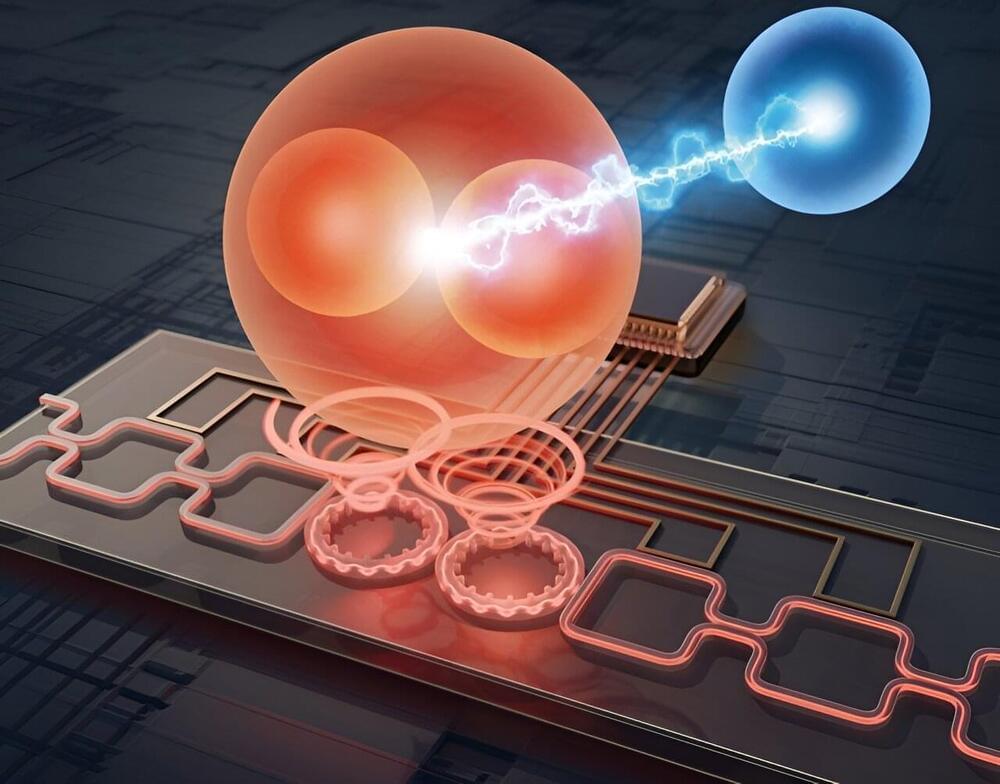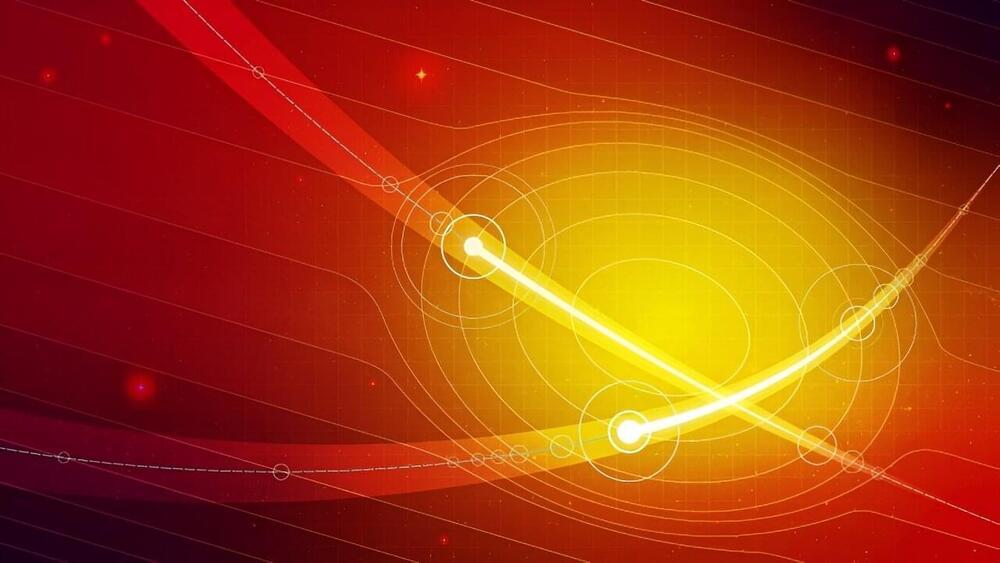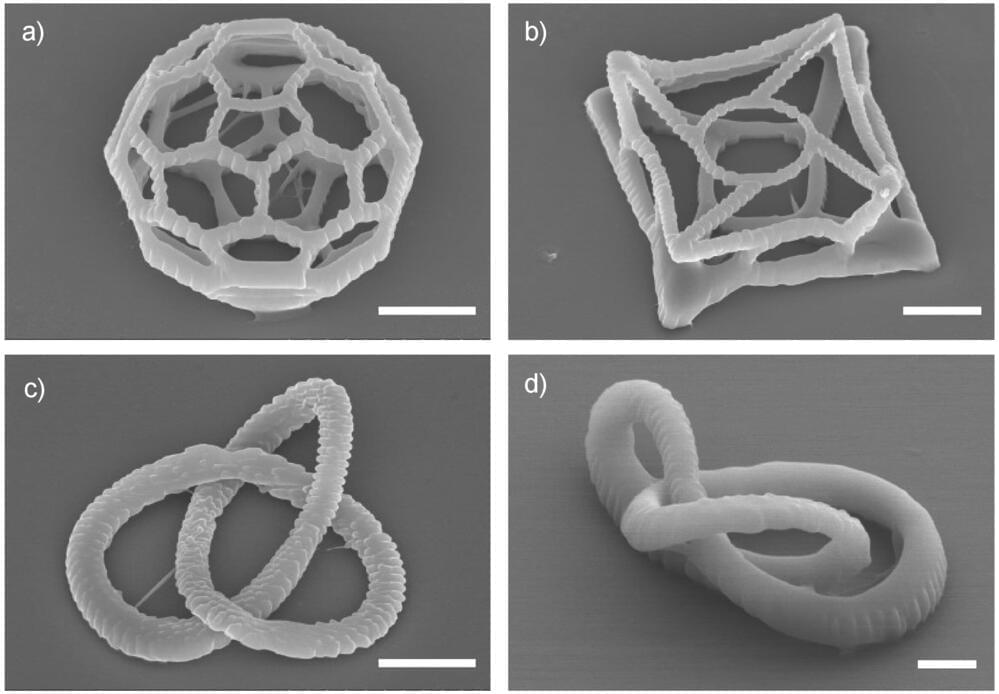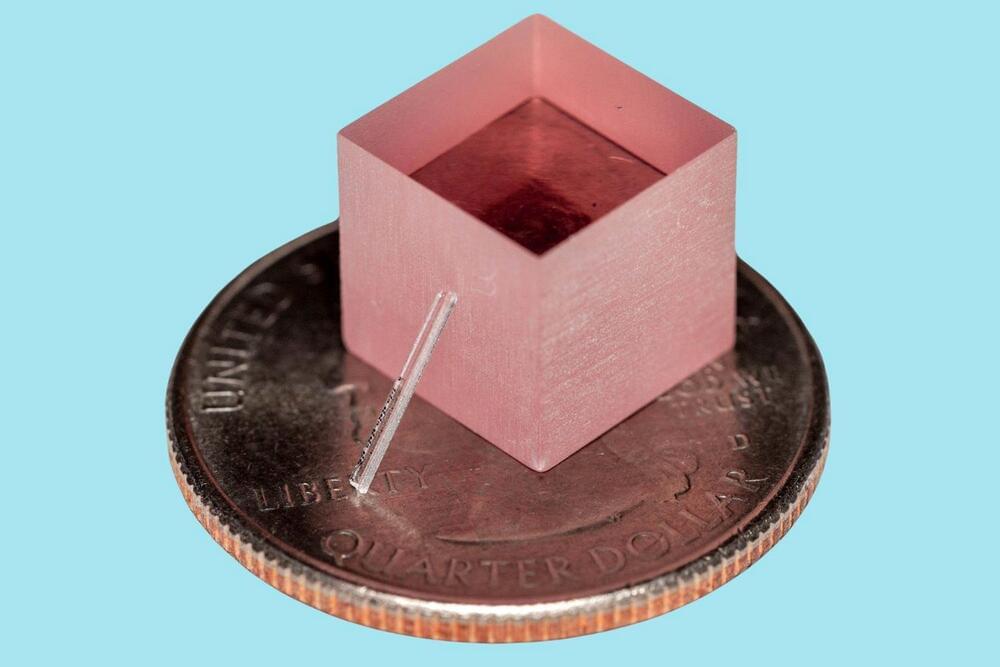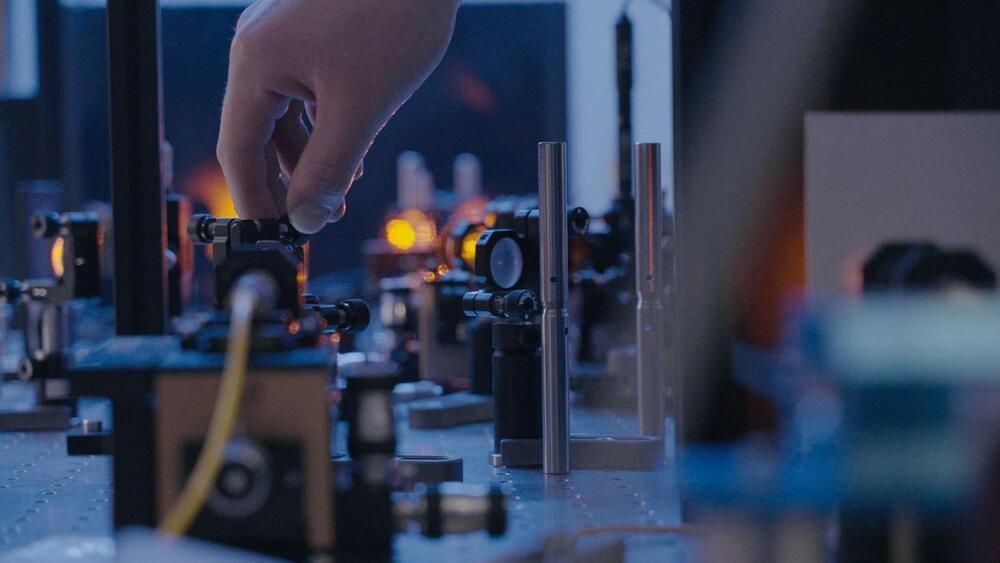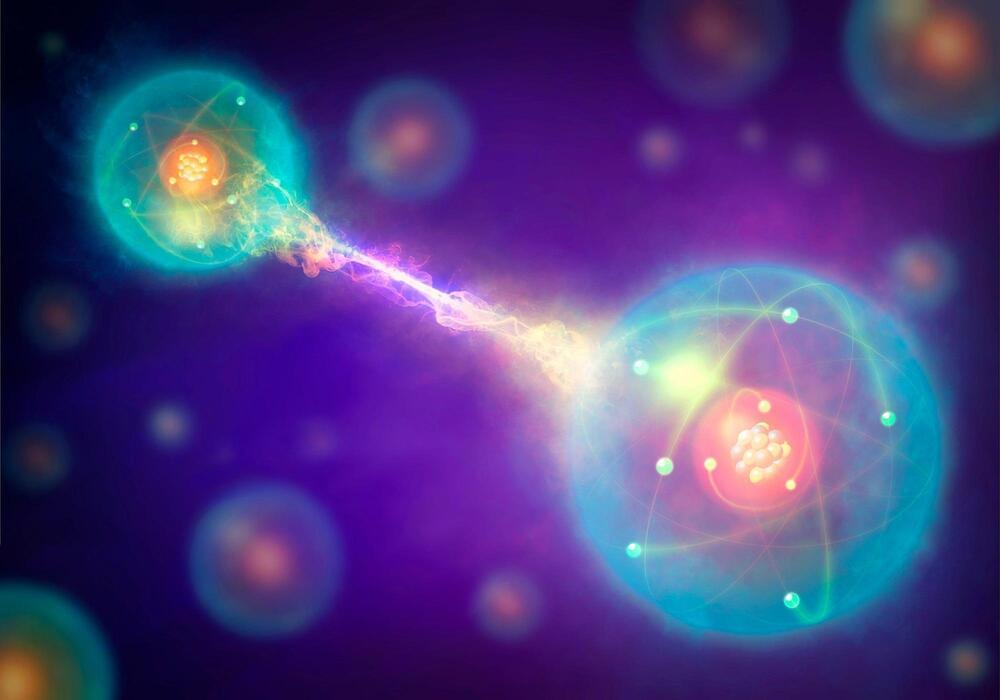Jul 3, 2024
Scientists crack new method for high-capacity, secure quantum communication
Posted by Saúl Morales Rodriguéz in categories: computing, internet, particle physics, quantum physics
Scientists have made a significant breakthrough in creating a new method for transmitting quantum information using particles of light called qudits. These qudits promise a future quantum internet that is both secure and powerful. The study is published in the journal eLight.
Traditionally, quantum information is encoded on qubits, which can exist in a state of 0, 1, or both at the same time (superposition). This quality makes them ideal for complex calculations but limits the amount of data they can carry in communication. Conversely, qudits can encode information in higher dimensions, transmitting more data in a single go.
The new technique harnesses two properties of light—spatial mode and polarization—to create four-dimensional qudits. These qudits are built on a special chip that allows for precise manipulation. This manipulation translates to faster data transfer rates and increased resistance to errors compared to conventional methods.
